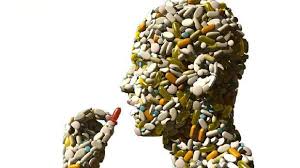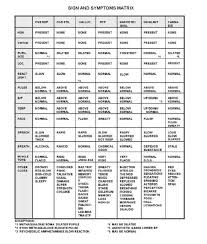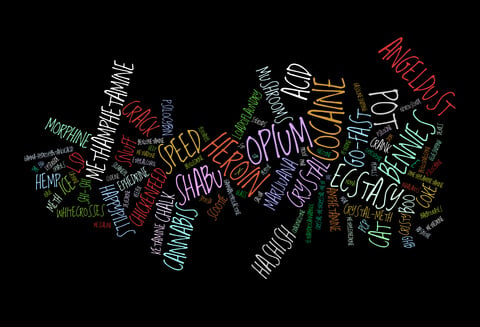Last Week I published an article about Medical Marijuana. Just Say NO. https://www.phila-criminal-lawyer.com/Attorneys/Richard-Q-Hark.shtml
Some people cant. However, the Pennsylvania State Police will investigate all mariijuana use in a car, while driving a car, or from a car accident investigation. The below regulations and procedures – albiet conducted by untrained medical professionals – will be used to significantly impact your professional license.

What is a DRE and how does Pennsylvania State Police utilize them. A DRE is a “drug recognition expert.” This person must have successfully completed an approved course in the Standardized Field Sobriety Testing (SFSTs) and a three-phase Drug Evaluation and Classification (DEC) Program, which includes the following phases:
Phase One: The 16-hour DRE Pre-school, which includes an overview of the DRE evaluation procedures, the seven drug categories, eye examinations and proficiency in conducting the SFSTs.
Phase Two: The 56-hour DRE School which includes an overview of the drug evaluation procedures, expanded sessions on each drug category, drug combinations, examination of vital signs, case preparation, courtroom testimony, and Curriculum Vitae (C.V.) preparation. At the conclusion of the 7-days of training, the officer must successfully complete a written examination before moving to the third and final phase of training.
Phase Three: During this phase the candidate DRE must complete a minimum of 12 drug evaluations under the supervision of a trained DRE instructor. Of those 12 evaluations, the officer must identify an individual under the influence of at least three of the seven drug categories and obtain a minimum 75% toxicological corroboration rate.
DREs shall document each Drug Influence Evaluation and provide a narrative report. The narrative report shall explain in detail the twelve-step evaluation process and the results of the evaluation. The report must be easily interpreted by those not trained in DRE procedures.
The DRE shall state an opinion based on all aspects of the evaluation. The opinion may only be that the subject is impaired and under the influence of one or more of the seven categories of drugs, the subject is not impaired at the time of the evaluation, the subject is under the influence of alcohol only at the time of the evaluation, or the subject is suffering from a medical condition that could possibly be mimicking a drug impairment.
This tells us a non-medically trained police office who may have graduated college is rendering an opinion that a subject is under the influence of a drug or drugs that render the subject unable to safely operate a motor vehicle. This opinion is based upon 2-3 weeks of training by other state troopers.
Pennsylvania State Police testing steps are as follows:
1) Miranda Warning Given/By;
2) Inquiry Of Foods Eaten Today?/When?
3) Have You Been Drinking?/Time Last Drink?
4) Last Sleep?/How Long?
5) Presence Of Illness Or Injury
6) Inquiry Is Subject Is Diabetic Or Epileptic?
7) Insulin Dependent?
8) Physical Defects Or Under The Care Of A Doctor Or Dentist?
9) Presently Taking Medications Or Drugs?

The State Police form then requires a formal description of the following characteristics:
1) Attitude
2) Coordination
3) Breath Test w PBT
4) Facial Appearance
5) Manner And Tone Of Speech
6) Character Of Eyes
7) If The Subject Is Blind
8) Are The Eyes ‘Tracking’ Or Are Corrective Lenses Worn And Pupil Size
9) Do Eyes Follow Stimulus
10) Describe Eyelids, And
11) Pulse & Time.
DRES then look at the subject and conduct several specious tests, including
1) Hgn — Horizontal Gaze Nystagmus,
2) Vgn — Vertical Gaze Nystagmus,
3) Convergence — Lack Of Convergence Test
4) Psychophysical tests — Romberg Balance
5) Walk-And-Turn Test – With A Description Of The Turn
6) One-Leg Stand
7) Type Of Footwear
8) Finger-To-Nose Test.
9) Pupil Size
10) Rebound Dilation
11) Nasal Cavity
12) Oral Cavity
13) Reaction To Light
14) Blood Pressure
15) Body Temperature
16) Muscle Tone
17) Right Arm/Left Arm Injection Site Check
18) What Medicine Or Drugs Have You Been Using.

Based on the totality of the evaluation, the DRE forms an opinion as to whether or not the subject is impaired. If the DRE determines that the subject is impaired, the DRE will indicate what category or categories of drugs may have contributed to the subject’s impairment. Call me to discuss your case.














